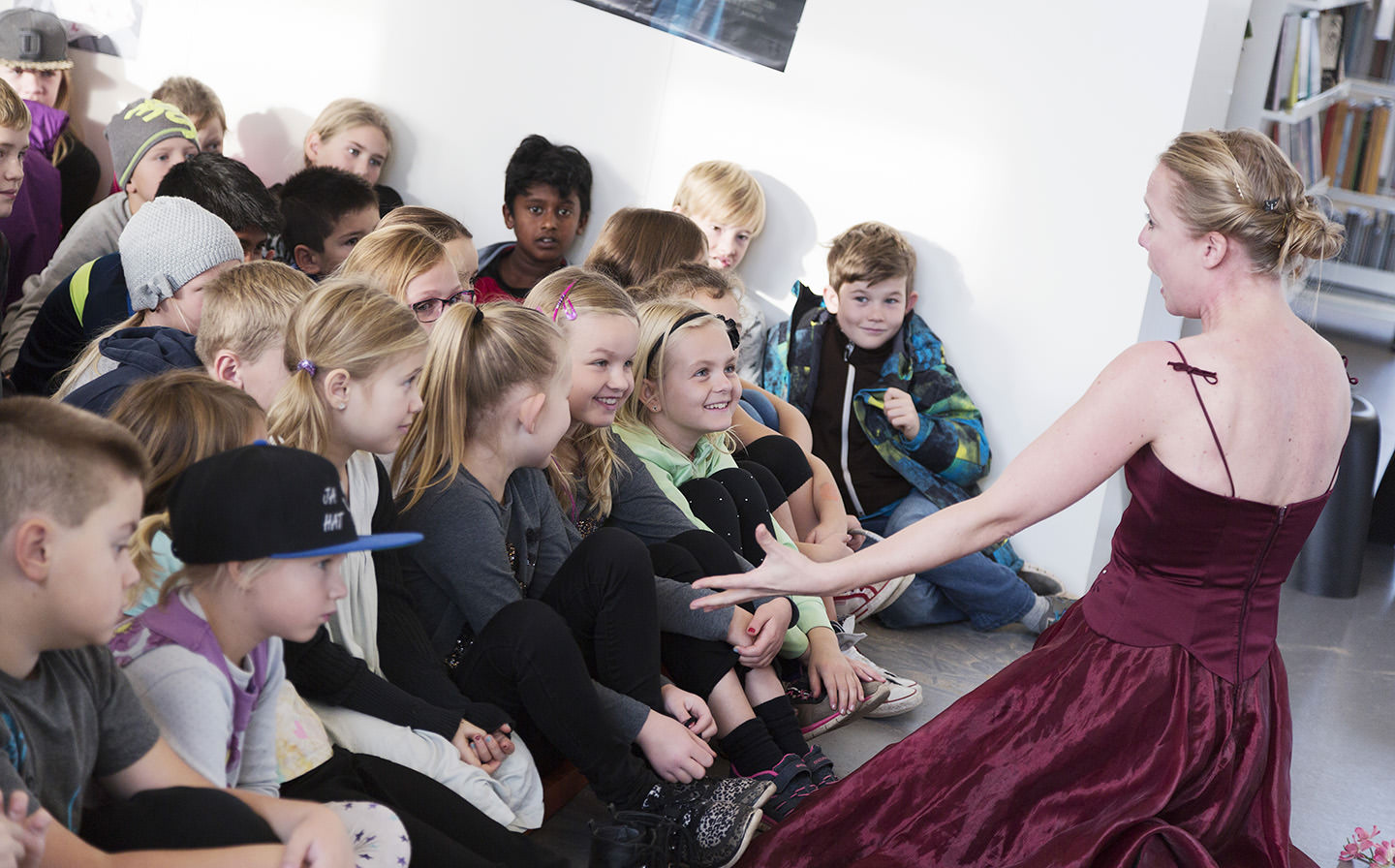The change
Think back 20 years – not much in human history – but still: how different is the life of our kids today compared with then! Small and big screens now illuminate their rooms most of their waking hours, providing music and movies ad libitum, answers to any question they might have, live contact with friends all over the globe etc. Some find this terrible and some find it wonderful – it is a matter of taste and culture. But it is for sure one sign that the world is changed and still changing fast – one sign among many others. And change calls for continuous innovation.
School and learning are meant to make us fit for life. “Non scholae sed vitae…” And school people, politicians and many others are very well aware that something MUST happen to make us successfully keep up with the change in our world. It is just not easy to change the course of a supertanker, especially when you have no real idea if the new course will take you to the 10-year-ahead reality.
The paradox
That is why there is so much focus on innovation, creativity, adaptability, flexibility and what have you. These buzzwords crowd the skies and no-one will of course disagree. This is the one side. However, on the other side, we see that what really happens in education of our kids is often the opposite: Strict rules, regulations and standards narrow-in the perspective, and tests and guidelines prevail and dominate a “development” that is characterized by less and less nuances and holistic understanding.
This paradox is really strange. And even more so as we have solid empiric evidence today what makes people thrive, function happily and effectively and perform well. This is basic knowledge within educational circles, management, psychology, organization etc. But apparently our stone-age brain has a hard time to really keep up with this. We know, but we don’t really KNOW.
The art of arts
The arts have something to offer here. Art connects us to things inside and outside ourselves in a very profound way. A piece of music can open feelings and realities that we in no way can describe in words. A novel can make us realize and understand a situation in a much deeper way than a textbook or a newspaper article. A painting can open our eyes to profoundly new ways to see the world. They are surely “languages” without which we cannot grasp the total complexity of our existence.
Music, theatre, visual art, literature etc. are all expressions of the human fantasy, imagination and creativity. As such the arts are not only basic elements in our society since stone-age but also methods and ways of approaching and dealing with our surroundings on a personal day-to-day level.
Therefore expressing and experiencing art is something indispensable, and actually always have been so through the history of mankind! So nothing new and wonderful about it. But it seems we live in times where it is absolutely essential that we remind ourselves about this.
Arts Education
Unesco has tried to turn some spotlight on the issue by a focused process from 2005 to 2010 on Arts Education, but it has not created the waves in the pond which could be wishes for. Education in the arts, education through the arts, art as education, education as art are all concepts arising from this process. From 2012 Unesco has established an Arts Education Week last week in May worldwide. So again on one level we have a pretty clear idea of how things interact.
So what to do?
The million dollar question is how to be operational about the whole thing, and here are some very easy-to-use suggestions.
- invite artists – it is paramount that kids experience/see/hear/feel the impact of art and creative excellence can have
- let kids express themselves through art – dance a biology report – play a math solution – etc. And involve artists as much as possible
- make sure teachers teaching in the arts are well educated
- involve artists, teachers and pupils equally in the planning of these events and projects
The artist can be the teachers best friend, but it is very important that a true and equal relationship between artists and teachers is established. Artists do not come down from another planet to save the world. But together – with the artistic competences combining with the educational competences – the two professions can work wonders. So to politicians: please make room for that in the legal framework and curriculums. Your voters – or at least their kids – will surely thank you in the long run.
It is not for free. Of course artists will need pay like anyone else, and introducing them will not save teachers’ time. But like any other serious business, we are here talking about an investment that we cannot really afford to ignore.
A small selection of links for inspiration …
http://www.ohchr.org/EN/ProfessionalInterest/Pages/CRC.aspx In the UN Convention on the Rights of the Child paragraph 31 speaks directly about the right for art and culture.
http://www.unesco.org/new/en/culture/themes/creativity/arts-education – Unesco arts education main page with links to the Seoul Agenda etc
http://www.waxmann.com/?id=20&cHash=1&buchnr=1617 Professor Anne Bamfords book The Wow Factor based on intensive research for Unesco has had a significant influence on the understanding of the need for arts education.
http://youtu.be/zDZFcDGpL4USir Ken Robinsons more than 10-mil-plus-views-on-Youtube presentation on the subject.
http://aauforlag.dk/Shop/laering-og-uddannelse/the-art-of-arts-integration-theoretical-persp.aspx Tatiana Chemi: The Art of Arts Integration. This book deals with the subject in both a theoretical and practical way.
www.lms.dk shows many examples of concerts and projects aimed at kids in schools
Ebbe Høyrup is CEO at Levende Musik i Skolen (Live Music in Schools), Denmark
Photo: Christian Brandt



Leave a Comment